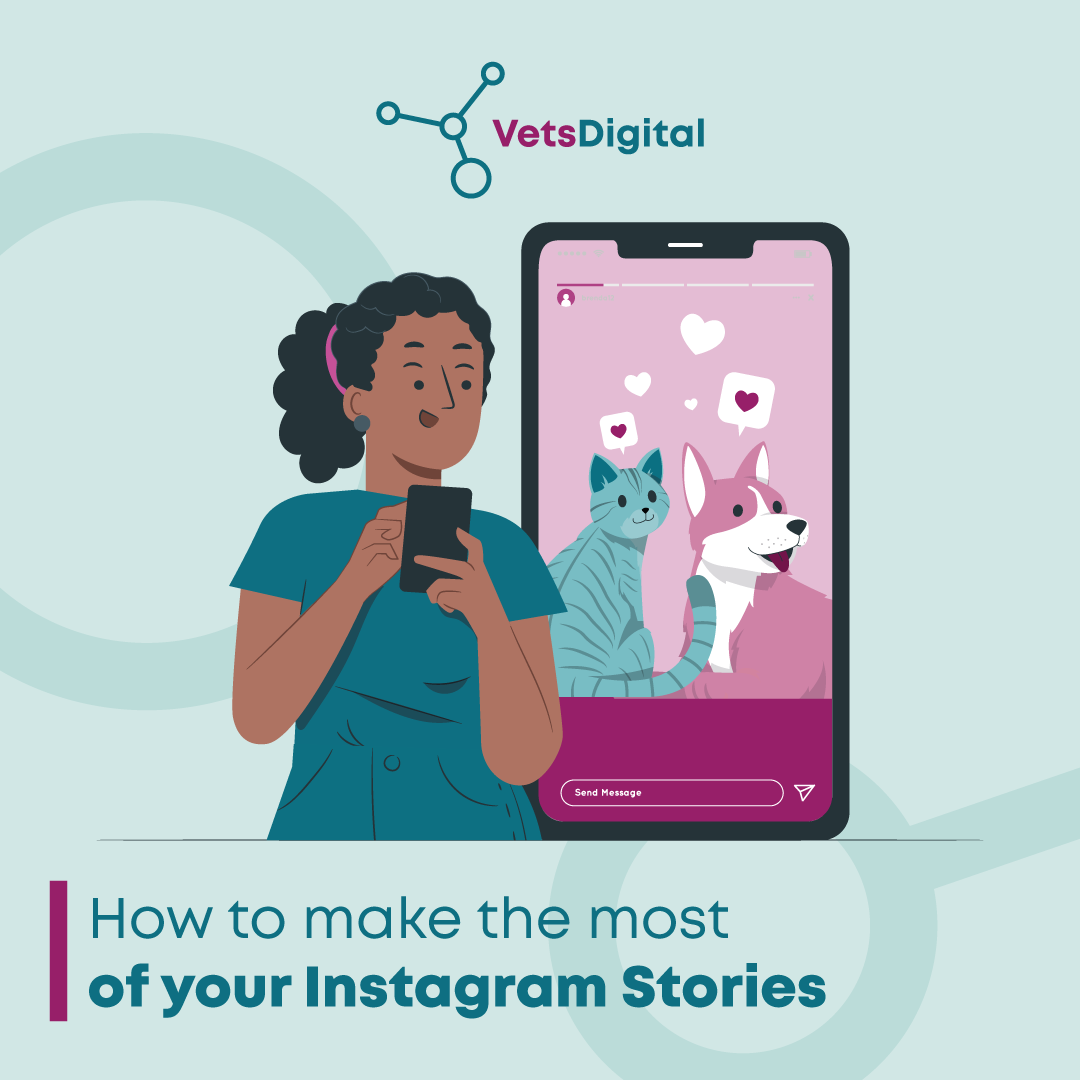News, Uncategorised,
The Importance of Mobile Websites
I’m sure your practice has a website now – not having one is a sure-fire way to lose clients (or at least, not to gain them!). However… what device are you reading this on? If it’s a desktop computer, you’re in a tiny minority! Even if it’s on a full-sized laptop, that’s not common either. While that might be how you prefer to browse the internet, it isn’t the norm any more – and hasn’t been since 2016. So, is your website ready for a modern audience? Or are you losing potential clients who can’t access the riches your site has to offer?
Why do we need a website?
Fundamentally, your website is your shop window. In today’s busy world, most clients are not going to go wandering around their home town, looking in the windows of every practice to decide which one they like the best. They’re going to do the same thing from the comfort of their own home, via the internet. If they don’t find your website, they won’t know you’re there, and if they happen to see your practice, in many cases they won’t trust you – after all, why would you trust such a “backwards” company with your beloved pet’s health? Are they perhaps still using leeches or practising blood letting?
I exaggerate of course… but not by very much.
Secondly, your website is a great resource for your clients. It is a fact of life that clients are going to go to Dr Google – sadly, we just have to live with it – but if you have suitable educational resources you can direct your clients to, you can at least influence the direction they spin off in. Of course, you can also build in “value added” services easily now, that help keep clients content and encourage interaction with the practice. Easily navigated repeat prescription or appointment booking services, for example, will help keep business within the practice rather than going to rivals whose services may be a little cheaper, but are more complex and awkward to access.
Why does it need updating?
If you haven’t updated your website recently… check out this post from two years ago! Essentially, website design fashions change. While you may think your site is still absolutely fine, if users think it’s old-fashioned, then that’s what they’ll think of your practice – however much you may talk of modern approaches or shiny new procedures on the site, they won’t believe it if the website itself looks like something from 10 years ago.
So what about mobile users?
Nowadays, it’s vital to remember that the majority of the UK population access the internet primarily from a mobile device. Consider these figures:
-
48% consider their smartphone the most important device they use to access the internet
-
24% – laptop computer
-
15% – tablet
-
9% – desktop
Source: Statistica.com
-
The most important single source when choosing a business is their website (28%),
Source: Google Consumer Barometer
-
Smartphone users are equally likely to compare businesses online, but are 35% more likely to discover a relevant business online than potential clients who only use desktop or laptop computers (27% vs 20%)!
Source: Google Consumer Barometer
So, any website you build really, really must be mobile responsive!
A non-responsive site is difficult to read on a mobile screen, doesn’t look good, and is more hassle than it’s worth… meaning potential clients click the “back” button and carry on searching.
Now, there are still a relatively large number of laptop and desktop computer users – but, of the whole population, 34% access the internet at least as often via computer as smartphone, that falls to 12% among the under 25s, who are your next generation of clients (Google Consumer Barometer).
It really is that simple – if people don’t find your website usable, they won’t use it. If they can’t use it, you might as well not have it.
Do you need help with a digital marketing strategy, or a new website? If so, contact us to find out what we can do for you!






